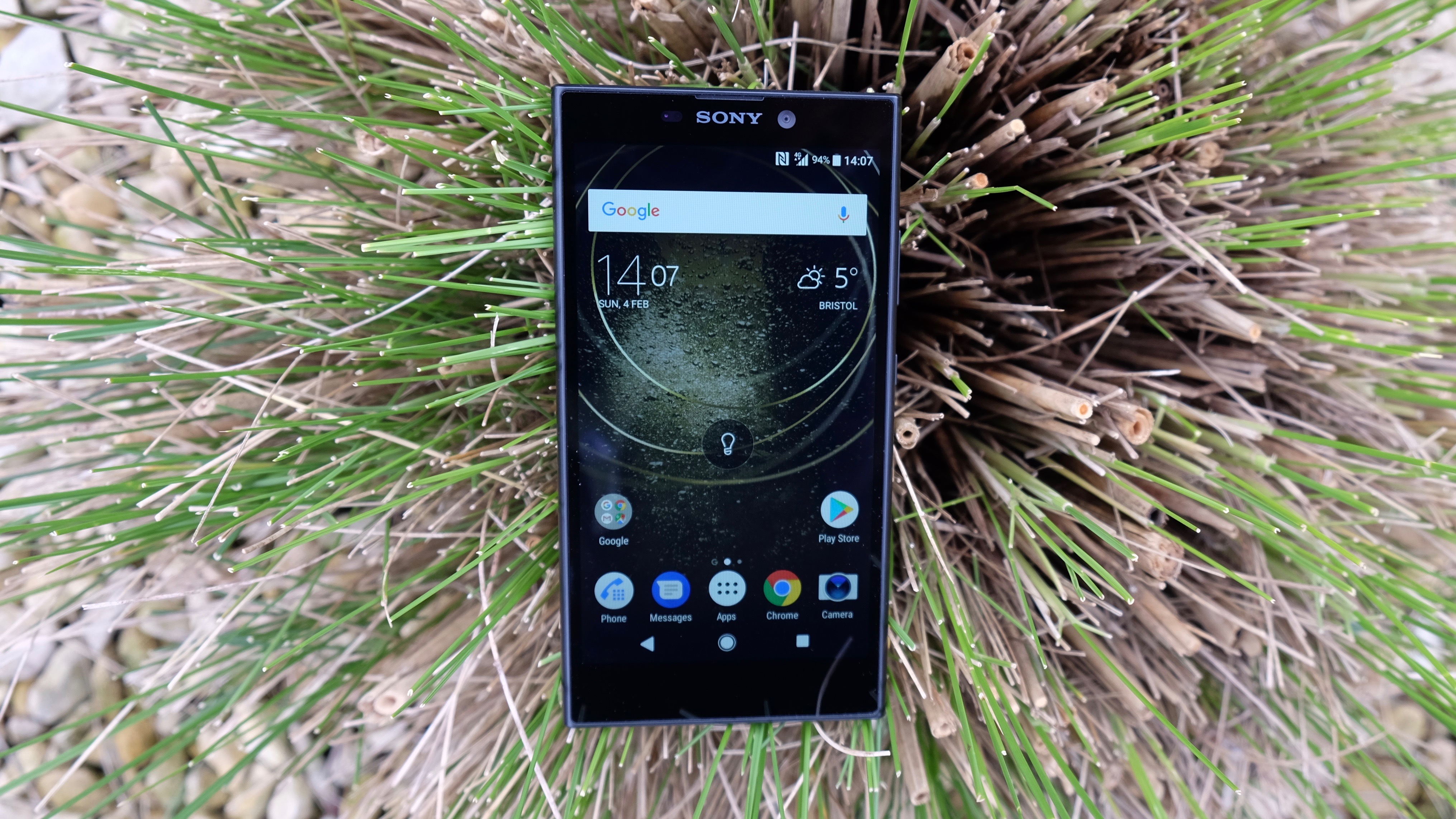Why you can trust TechRadar
Battery life
- 3,300mAh battery
- Lasts well beyond a full day
The one big beneficiary of a pixel-thin display, of course, tends to be a phone's stamina. It's no surprise that the Sony Xperia L2 lasts a good spell between charges.
2017's Sony Xperia L1 was already a solid performer on the stamina front with similar hardware, though it only had a 2,620mAh battery. The Xperia L2 bumps that capacity up considerably to 3,300mAh, though performance is similar.
Our standard battery test is to run a looping 90-minute 720p video with the screen set to full brightness, and the Xperia L2 consistently used up 17% of a full charge.
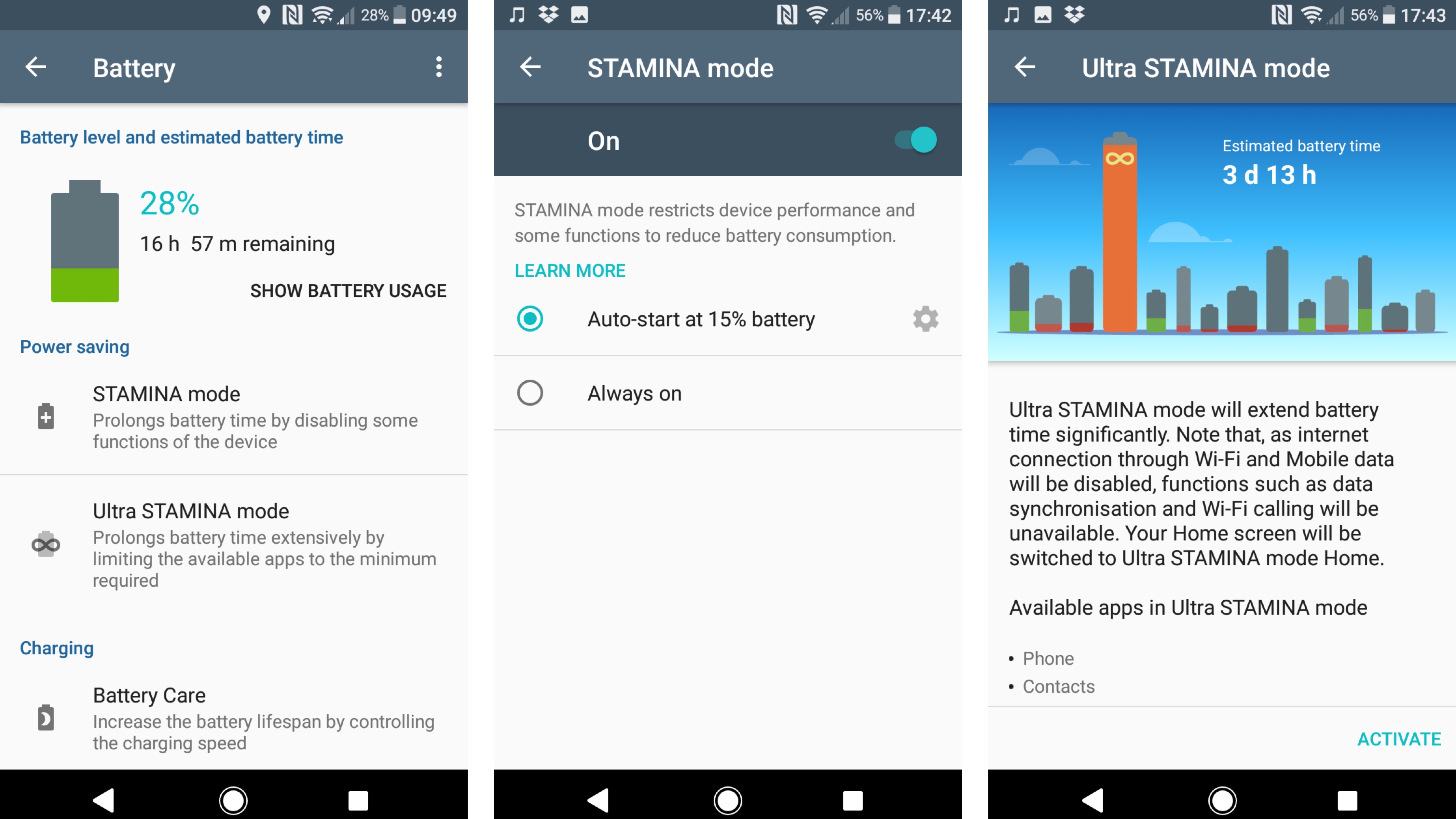
That compares very favorably to the Moto G5 and the Nokia 6, both of which lost 22%.
In terms of practical usage, it's quite possible to get through the best part of two days of light to moderate usage without charging. At the end of a day of light usage, with 15 to 20 minutes of 3D gaming and one of the aforementioned battery tests, we were left with around half a charge.
That 15 to 20-minute gaming session (it was Guns of Boom, a fast-paced online shooter) sapped just 7% of the L2's charge, which is pretty decent in itself.
Sony also goes further than most with its battery saving options, including both a Stamina Mode and Ultra Stamina Mode offering varying drastic cut backs on the phone's functions.
You also get Battery Care, which calculates when you regularly leave the phone on charge for prolonged spells (most likely overnight) and then charges slower at those times, helping to preserve your battery's full capacity.
Camera
- 13MP f/2.0 main camera
- 8MP wide-angle selfie cam
The Sony Xperia L2 comes equipped with a 13MP f/2.0 main camera, which is a more than respectable-looking spec for a budget phone. Sure enough, it's possible to get some nice results - provided the shooting conditions are ideal.
In such perfect situations you'll grab reasonably detailed shots with accurate colors, and even a pleasantly natural-looking depth of field effect if you've framed things a certain way.
We also liked the way Sony's camera UI would reliably lock onto objects with a flexible box-out when you touch them.
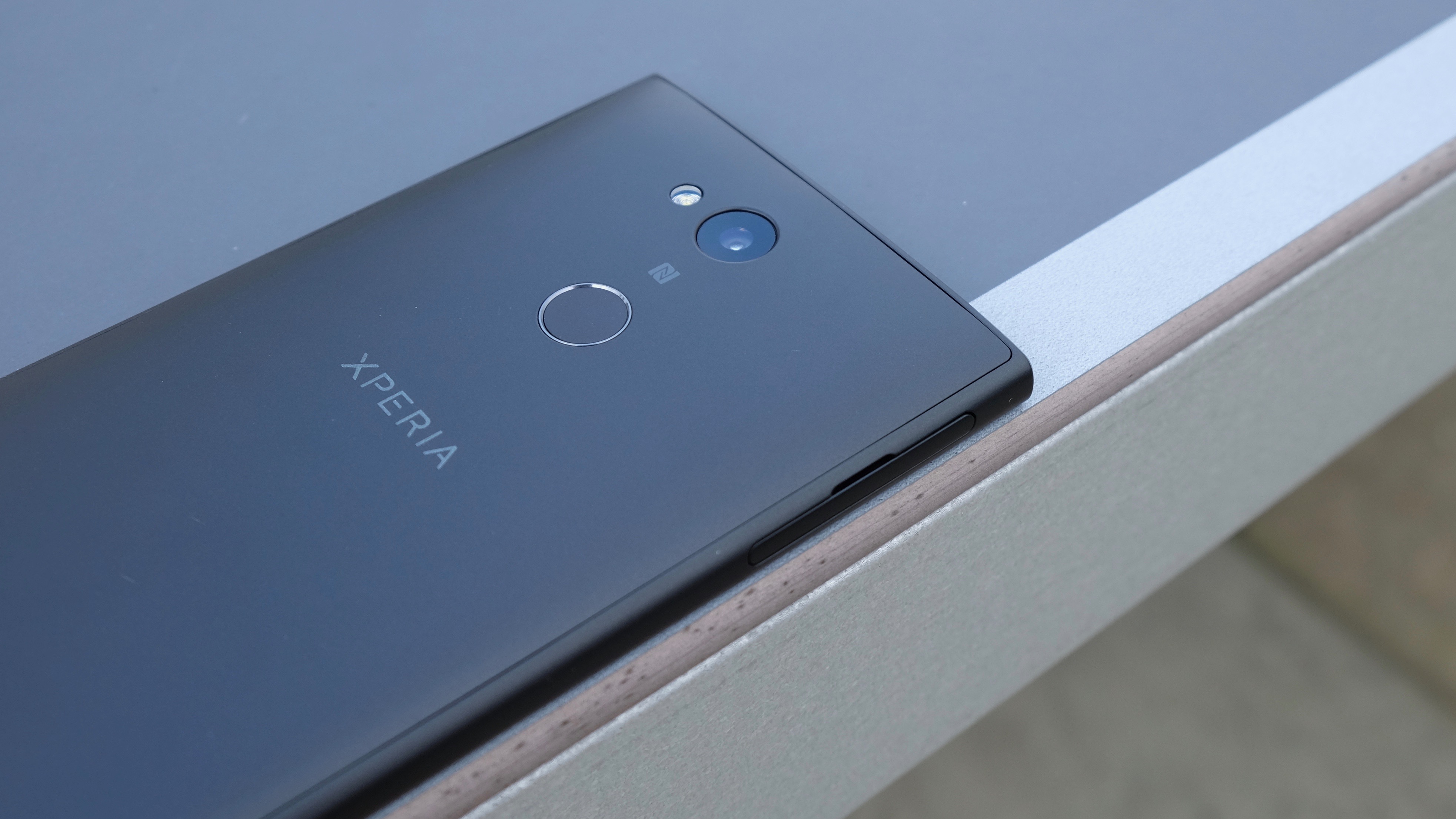
However, as any photographer knows, conditions are rarely ideal. The Xperia L2 struggles in lower lighting situations, which is normal for a low-end phone. It also doesn't deal with movement particularly well, as we noted a fair amount of blur on a slow-walking subject even in daylight conditions.
Speed seems to be a general issue here, both in terms of the shutter speed and the sluggishness of the autofocus system. You need to really carefully frame your shots, holding the phone perfectly still.
There is an HDR mode here, and it's pretty effective at balancing those washed out skies and deep shady areas that you otherwise get in Auto mode. However, it's tucked away as a toggle in the options menu of Manual mode, and of course such shots take the L2's creaky chipset an age to capture and process.
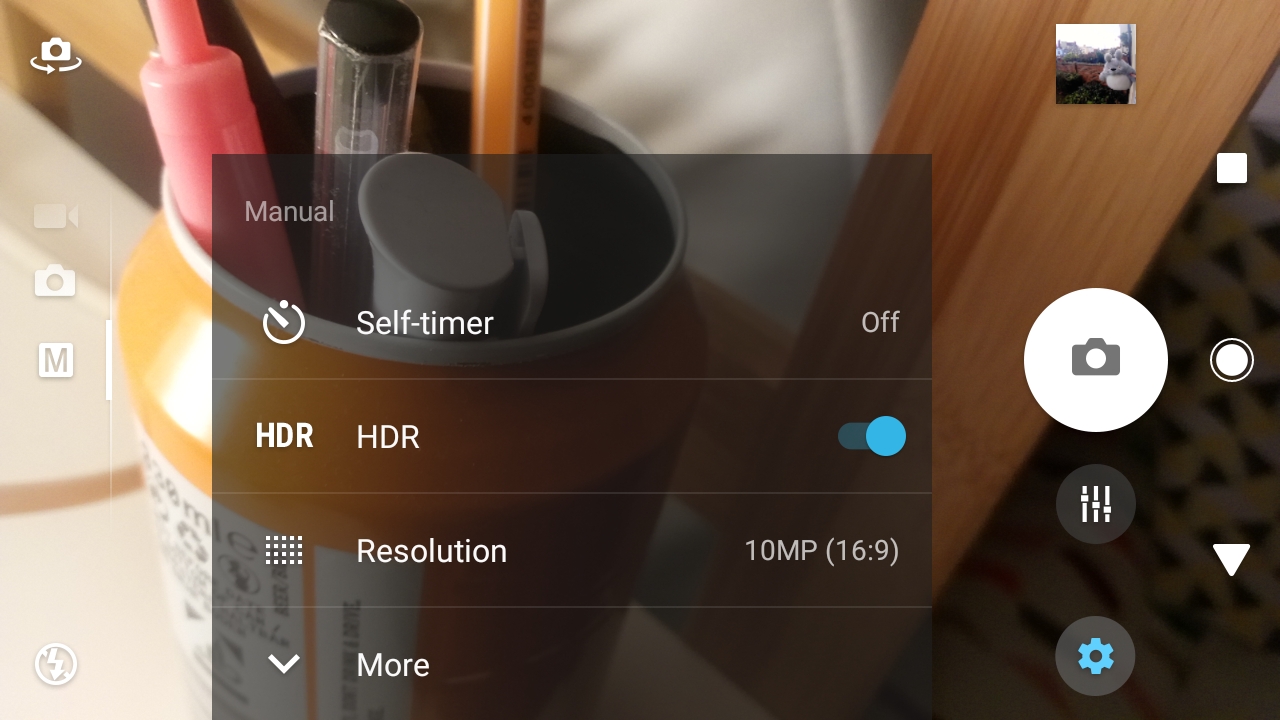
The Sony Xperia L2's camera offering is weighted more to the front unit, however. Sony has fitted the phone out with an 8MP super wide-angle (120-degree) front camera. As we mentioned earlier, this means that you can fit a whole lot more into your selfies - whether that's people or scenery.
The downside to this component is a slight fish-eye effect, which is particularly pronounced when you have buildings or some other straight-edged man-made structure in the background.
We're not sure why the abomination that is the Soft Skin Effect is turned on by default, either. Unless you really want to look like a mannequin in all your shots.
Camera samples
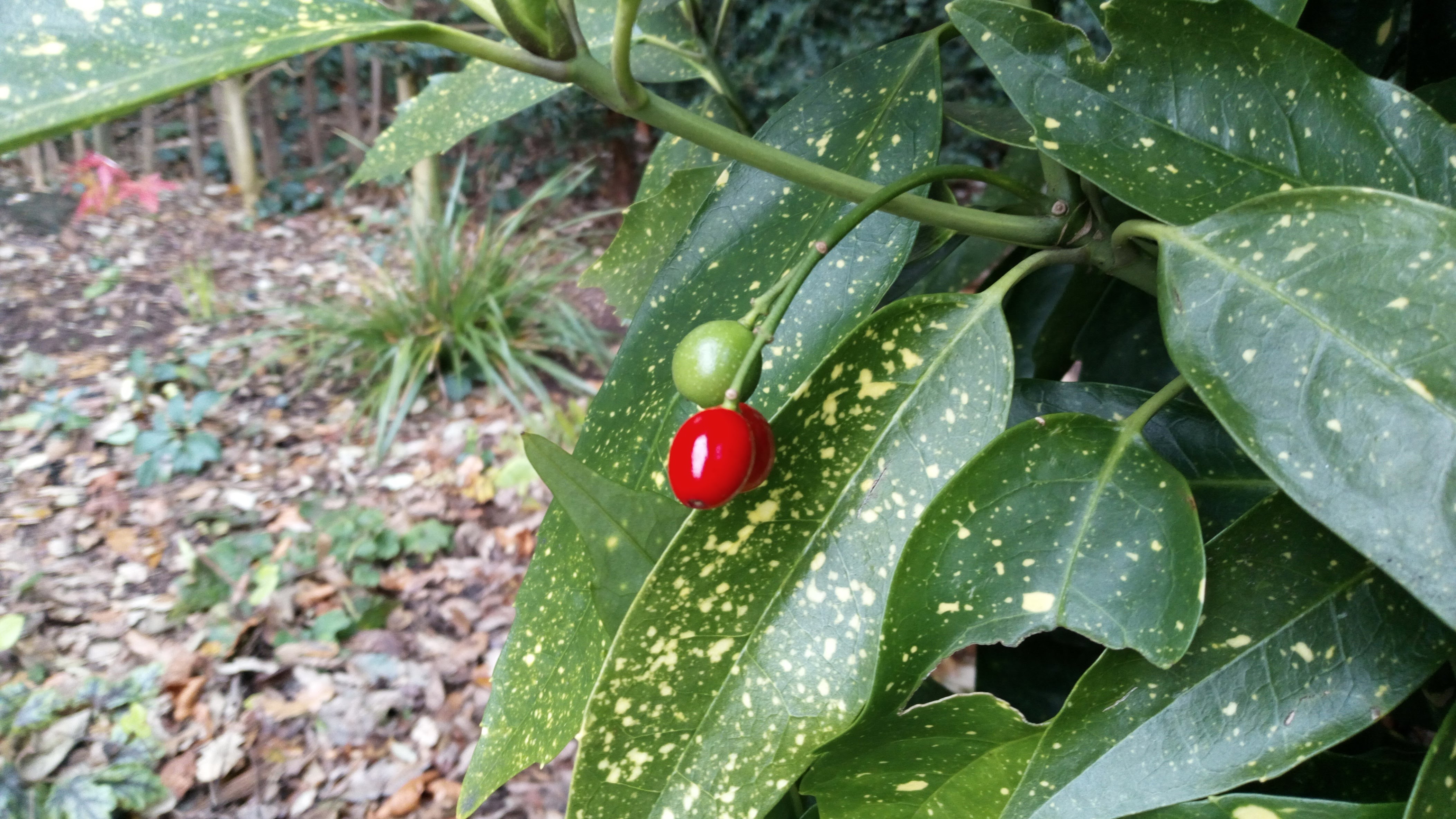
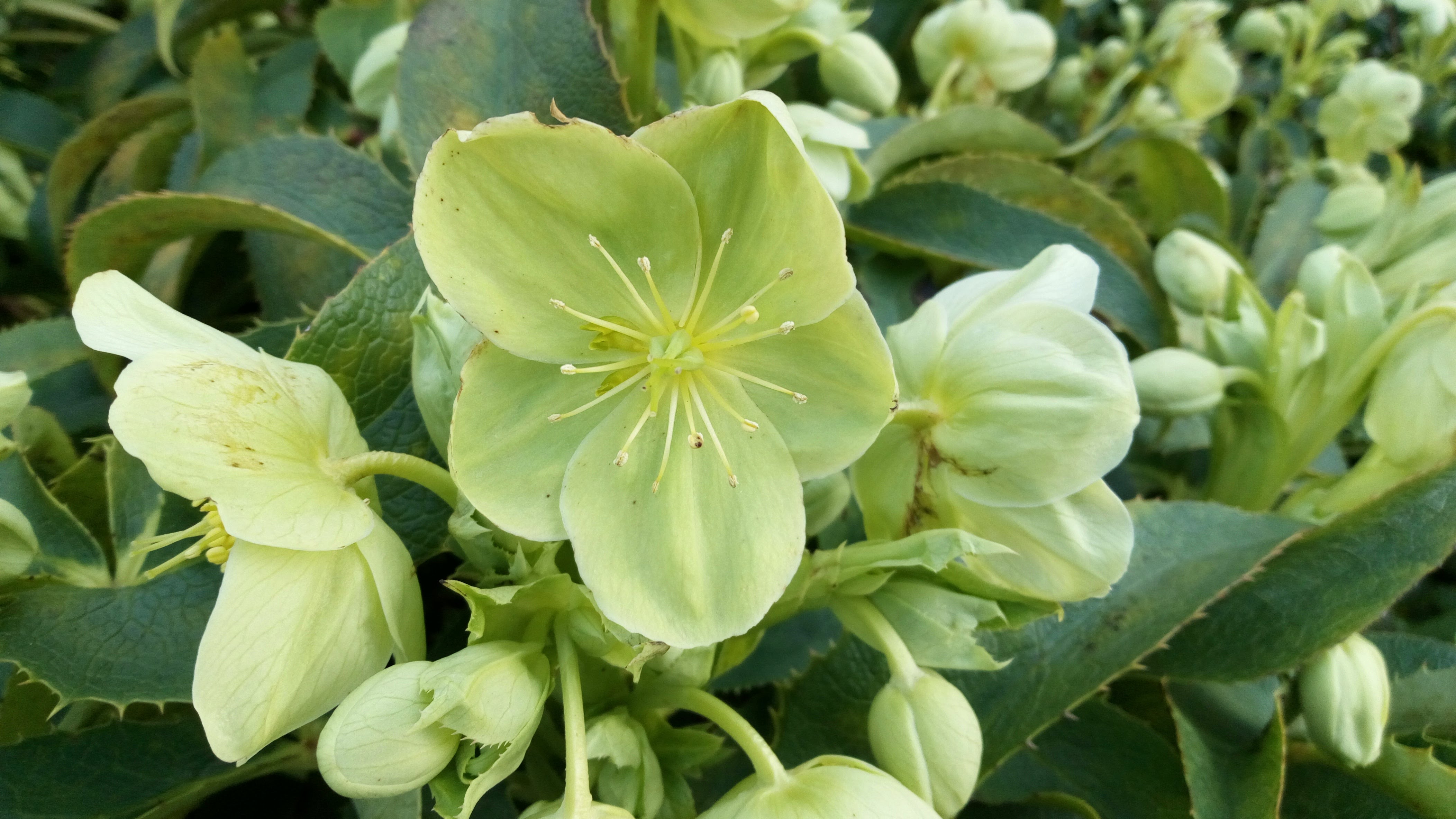
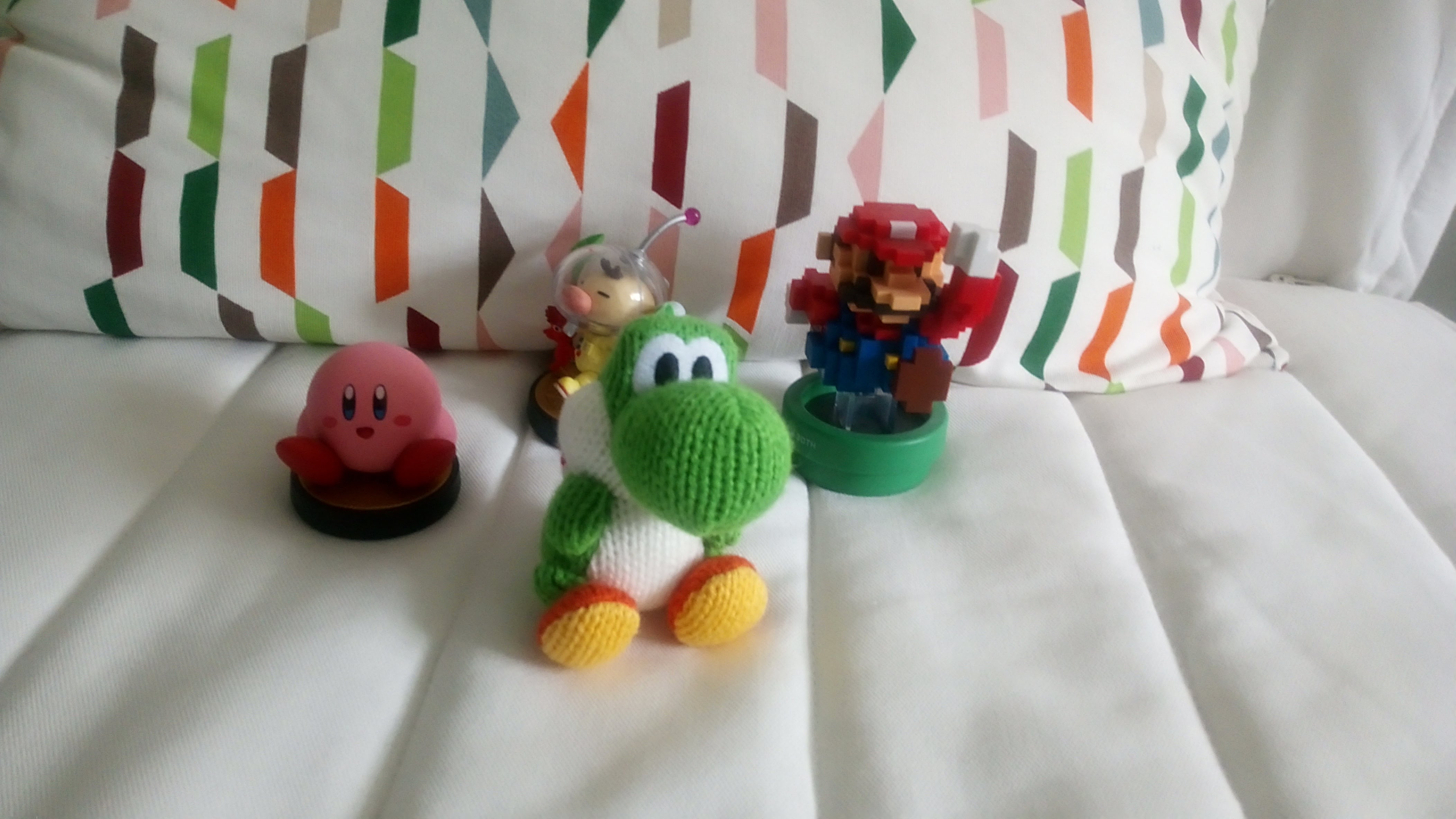
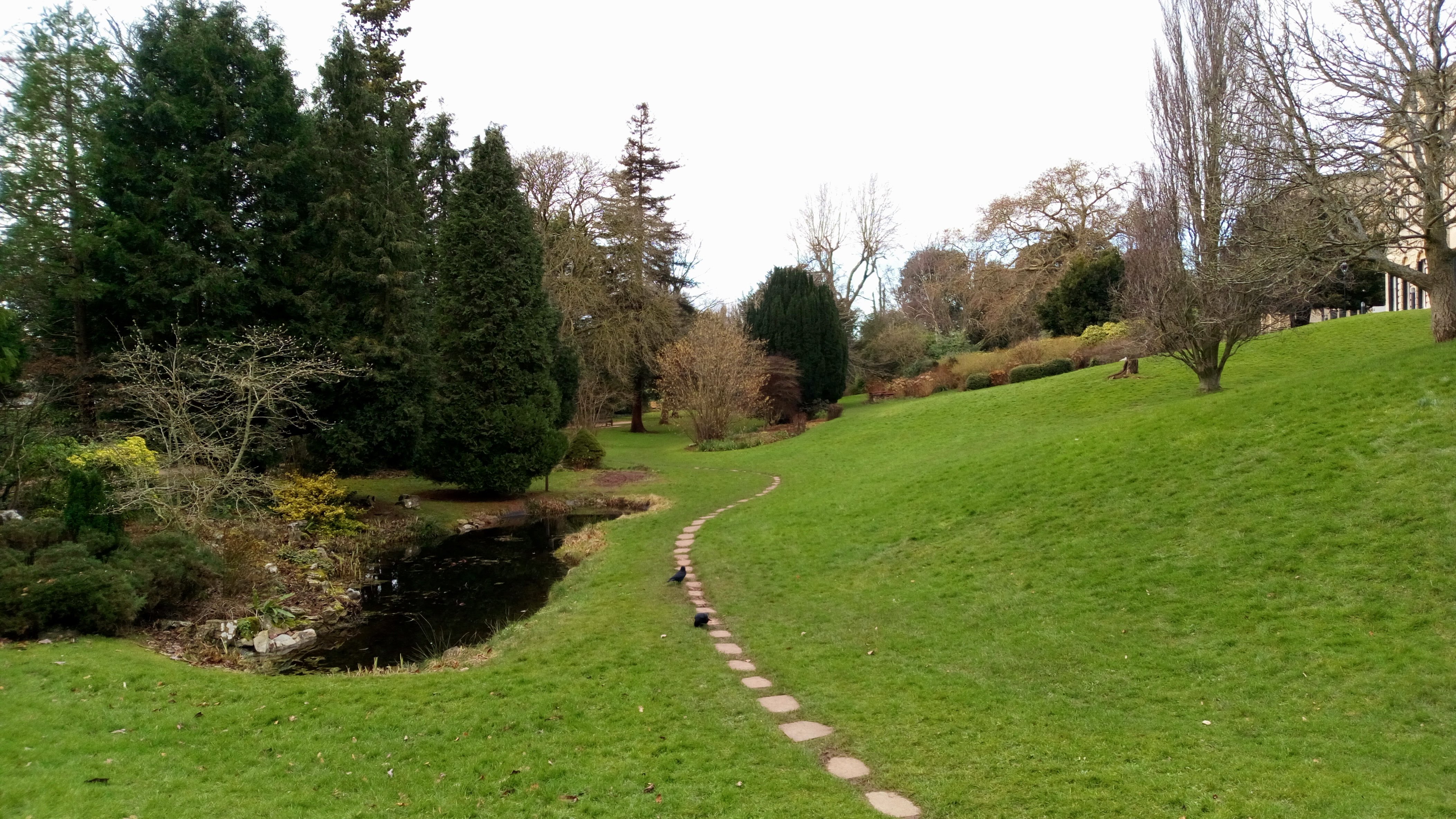
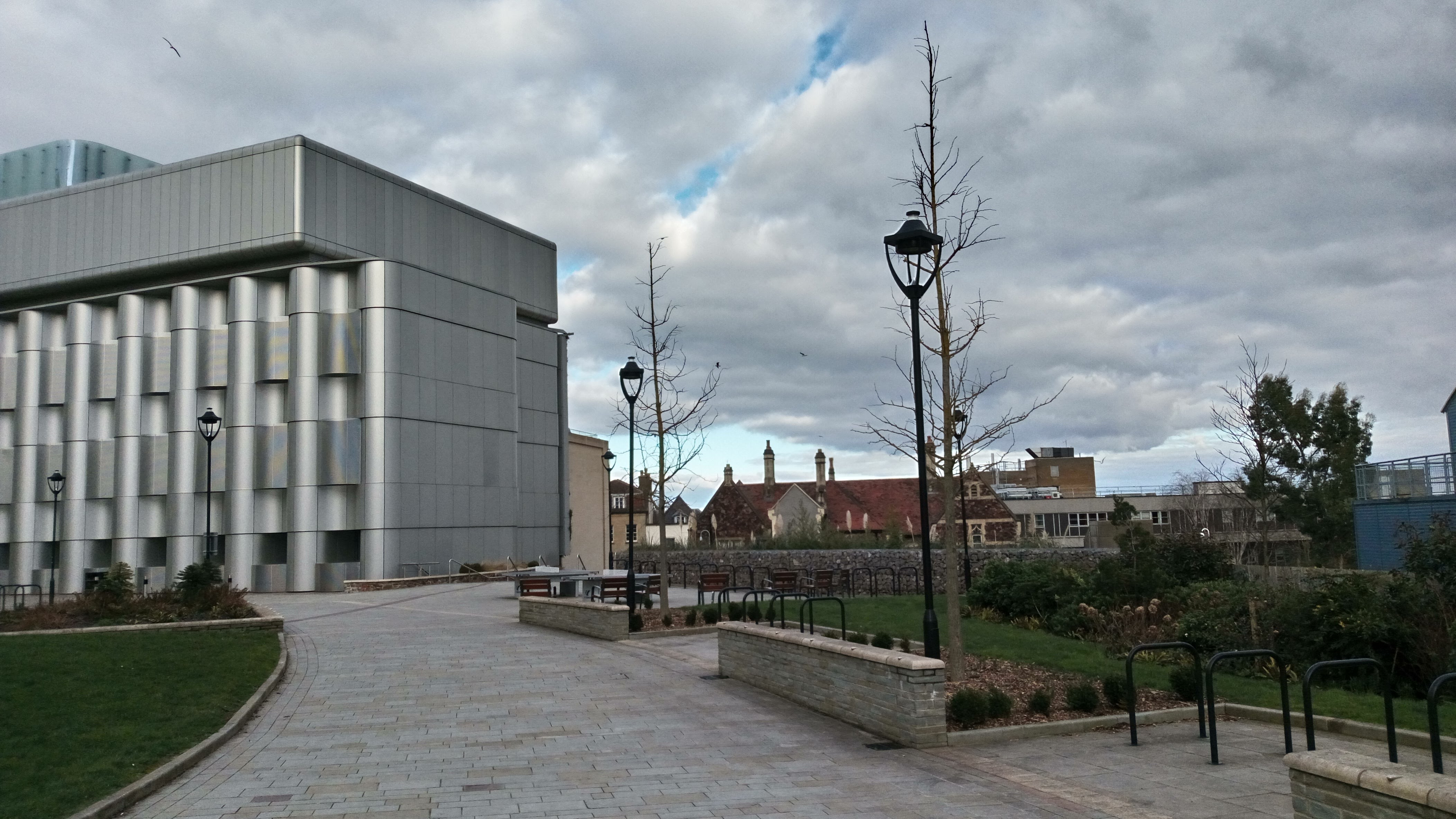
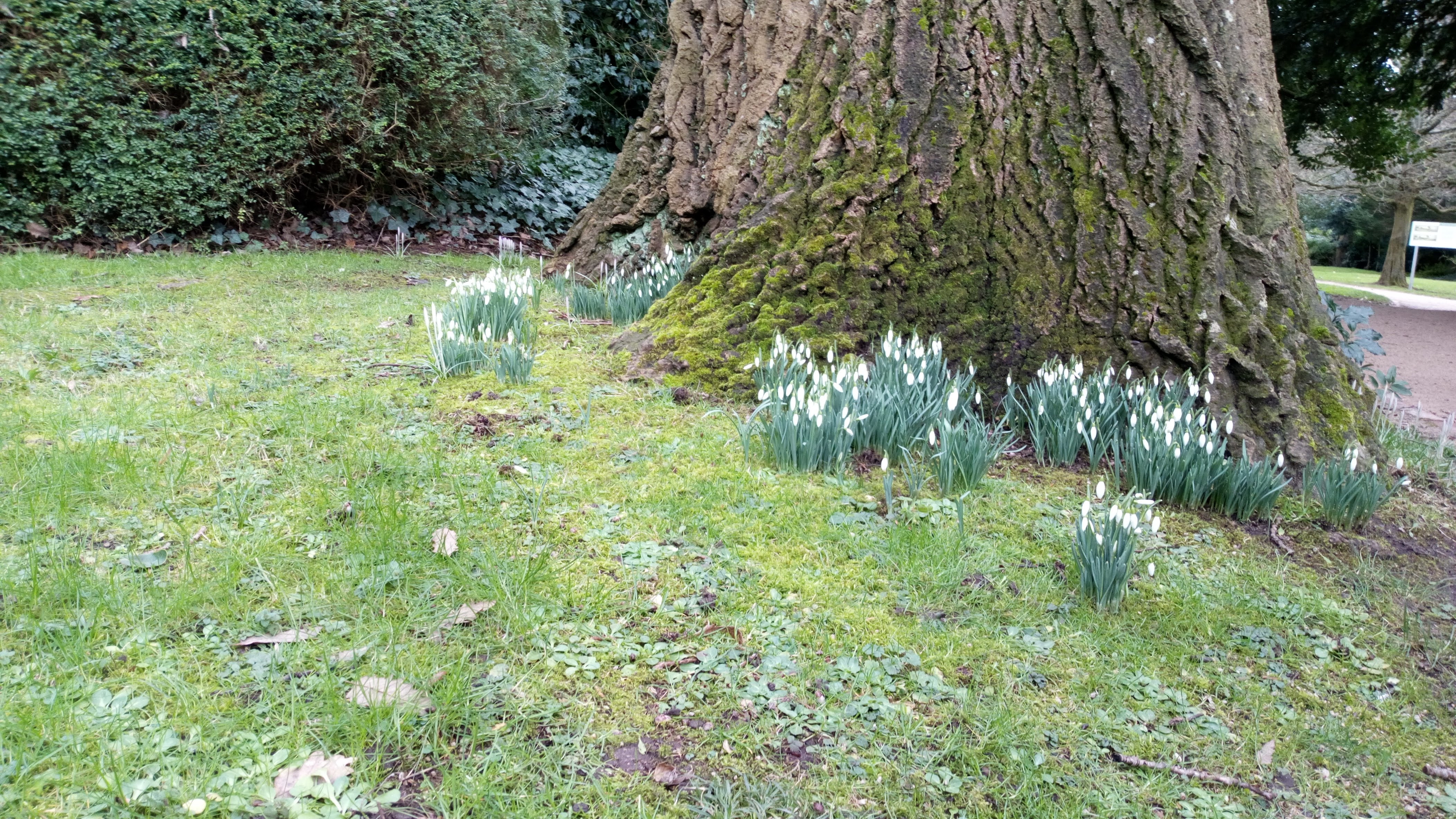
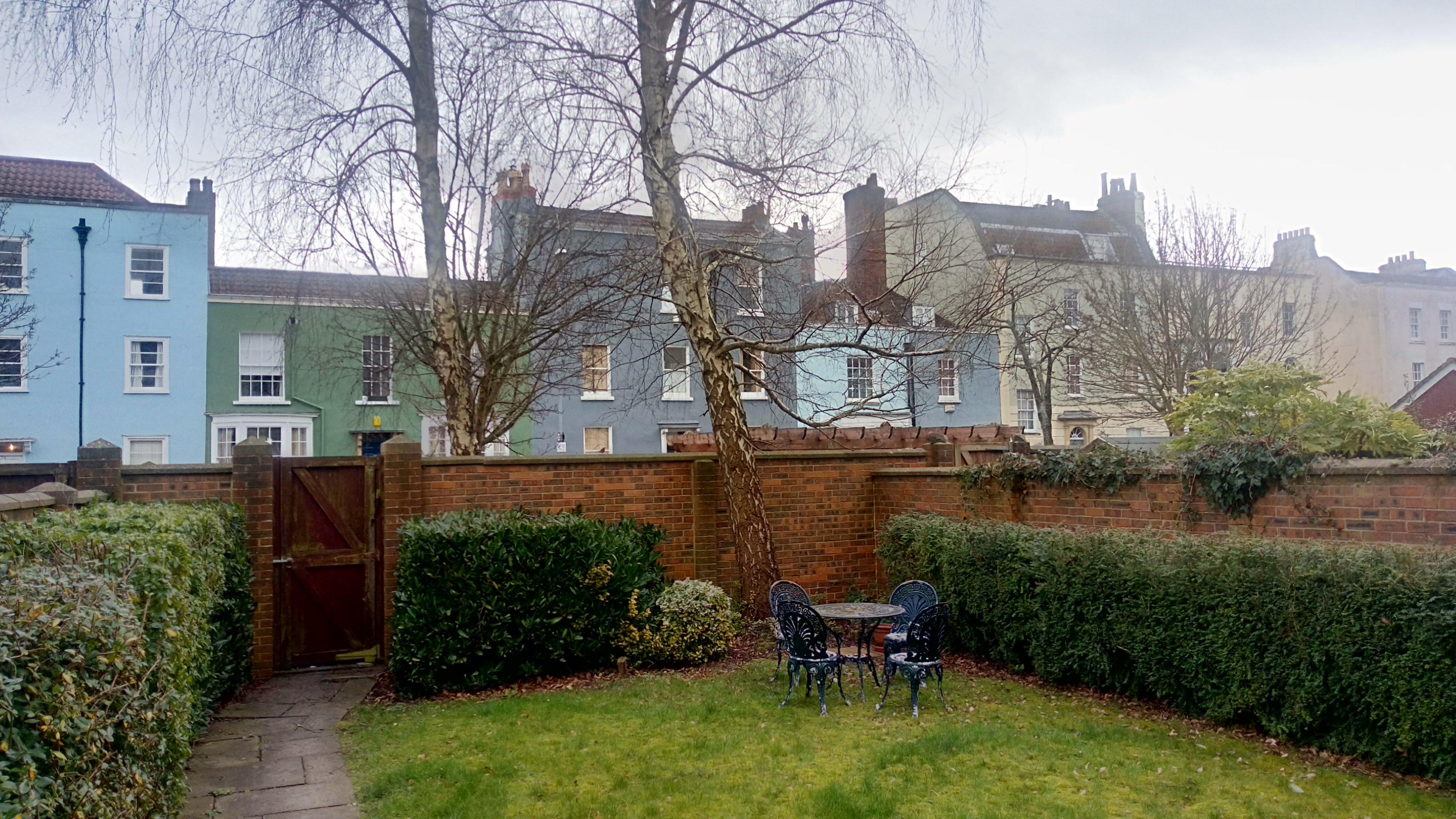
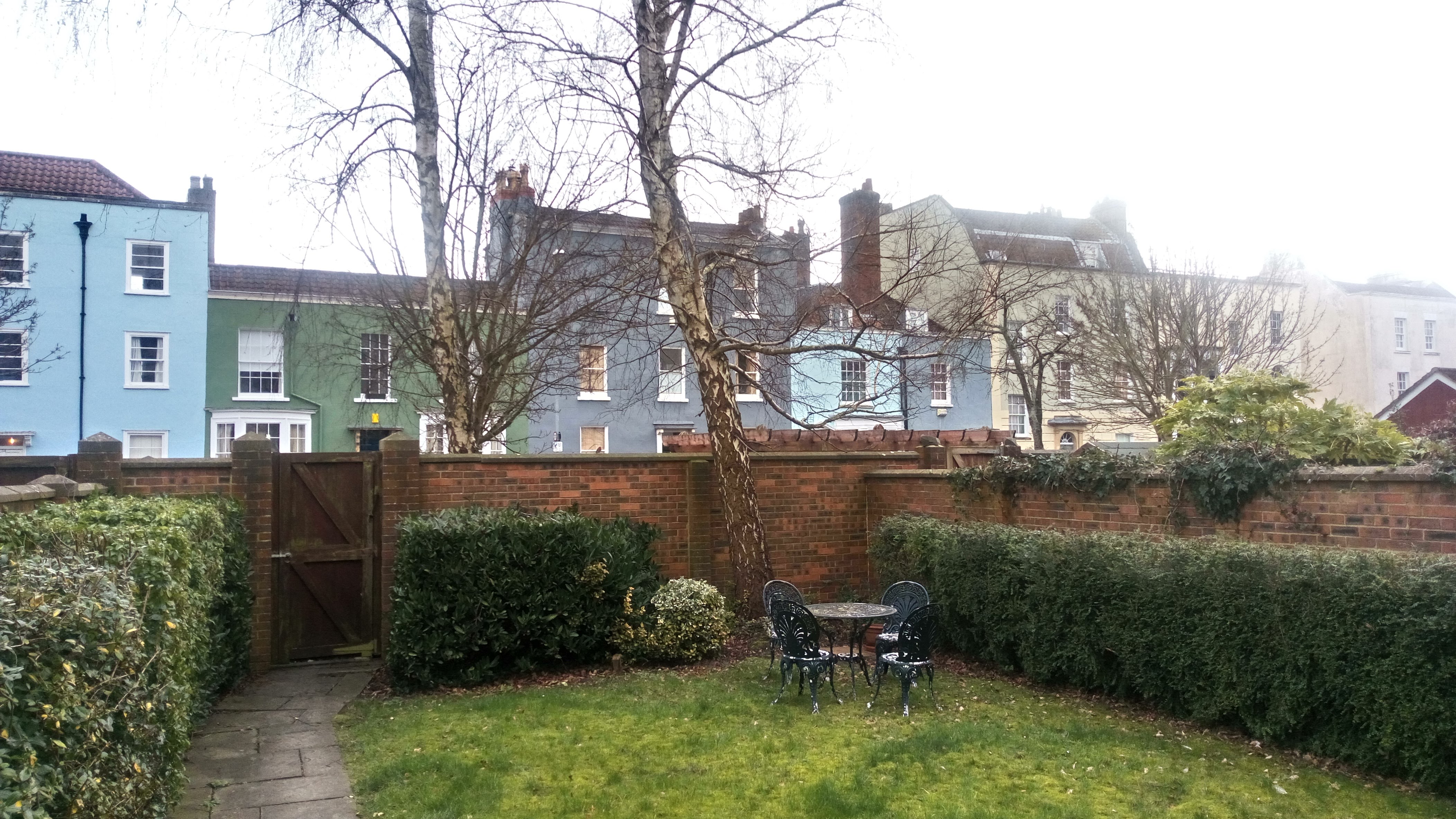
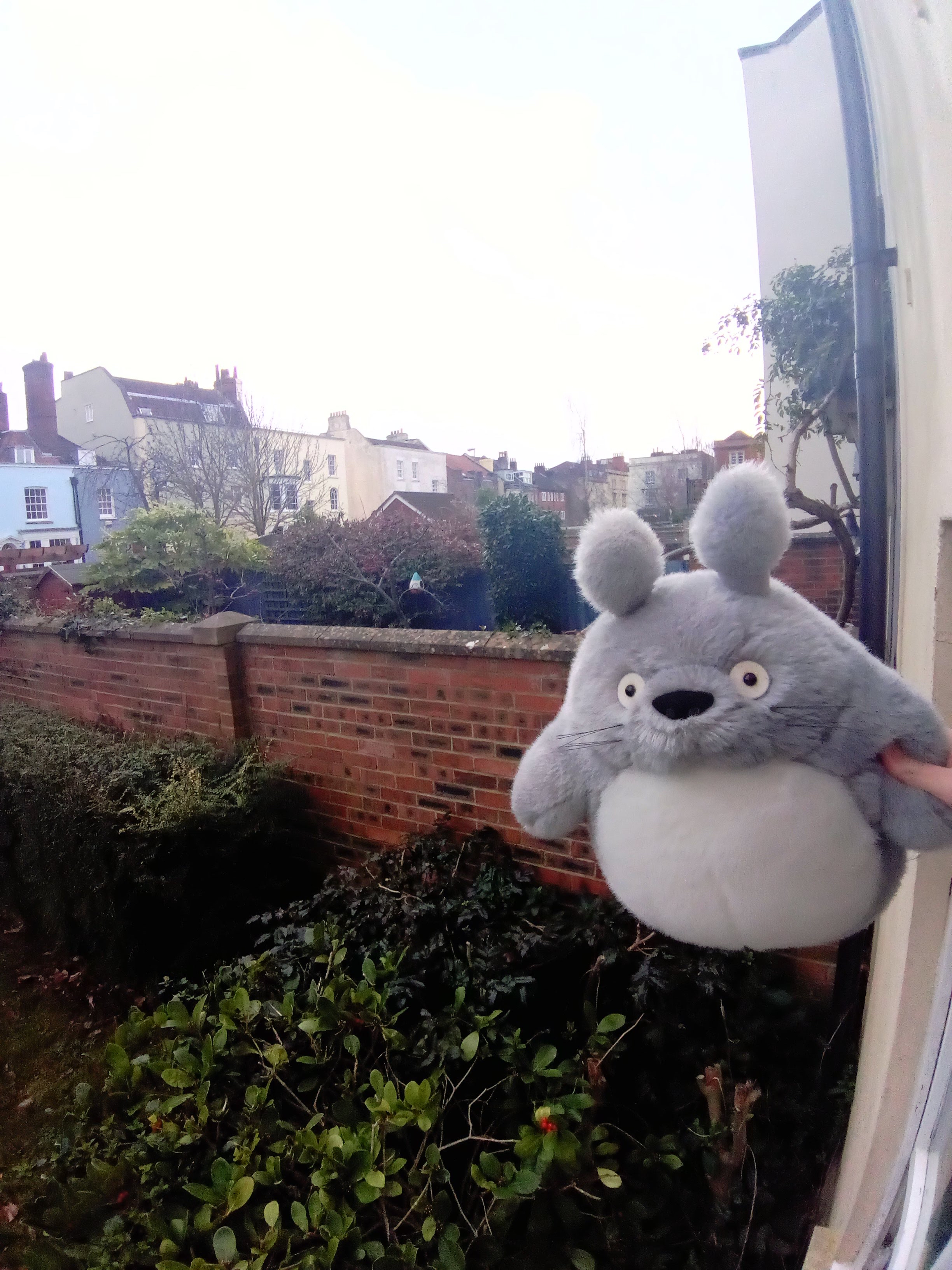
Current page: Battery life and camera
Prev Page Introduction, key features and design Next Page Anything else I should know?